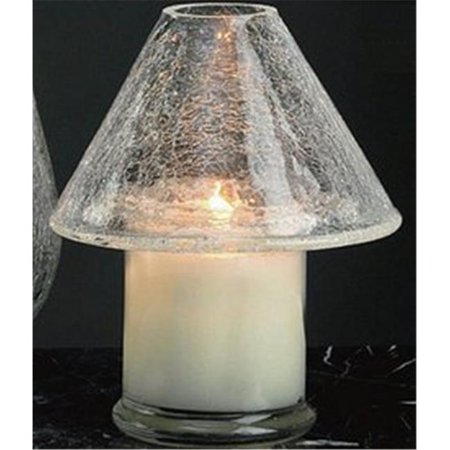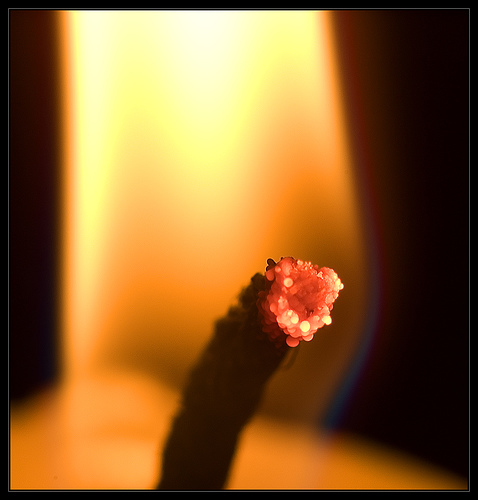FWP:
SETS == KIH
GATHERINGS: {6,3}
VEIL: {6,1}
CANDLE verses: {15,6}; {23,3x}; {34,9x};
{39,1}; [{39,6x}], on snuffers; {40,6x}; {41,2};
{50,6x}; {53,1}; {57,3};
{73,2}; {74,2x}; {75} -- {75,2}, 'tongue';
{78,7}; {81,1};
{81,9x}; {87,5}; {102,3};
{111,6}; {117,6x}; {137,2};
{166,3};
{169,1}; {169,12};
{175,4}; {184,3};
{188,3x}; {190,7}; {194,3}; {210,8x}; {214,12}; {217,8x}; {225,3x} // {258x,1}; {271x,4}; {299x,3}; {326x,4}; {329x,2}; {329x,5}; {333x,7}; {341x,6}; {347x,1}; {350x,4}; {356x,9}; {360x,4}; {360x,5}; {366x,2}; {370x,4}; {370x,7}; {371x,6}; {378x,1}; {386x,2}; {408x,1}; {408x,4}; {426x,2}; {430x,4}; {431x,1}; {440x,1}
Faruqi does much to elucidate this verse; among other contributions,
he grounds its imagery in actual physical qualities, which is always
a help, and explicates some of its wordplay. We need to read the iẓāfat in kisvat-e fānūs , clothing 'of' the glass-shade, as meaning not 'clothing worn by the glass-shade', but rather 'clothing [worn by the candle] that is the glass-shade'. This reading is perfectly possible. But still, the wick is the literal heart of the candle itself, so how can it also be construed as a thorn in the candle's clothing? The verse remains structurally awkward. Perhaps the source of it was the Persian idiom invoked by Bekhud Dihlavi, and Ghalib simply failed to develop it sufficiently.
Shadan's plaintive remarks highlight one enjoyable aspect of the verse: the contrast between the 'gathering' and the 'seclusion'. Wherever the beloved appears, everything around her is compelled to adoration, even the candles in their glass shades, so that even when in 'seclusion' she is always surrounded by a 'gathering' of ardent admirers.
Moreover, she herself always 'illumines' this gathering,
and does such a brilliant job of it that naturally the candle
is ashamed at being outshone. Thus there are indeed several (literal and
metaphorical) reasons for every candle to 'have a thorn in its robe'. And the multivalence of jalnā always enables the candle both to burn, and to 'burn with envy'.
ABOUT fānūs : The word seems to have a general meaning of a source of light that is surrounded by glass (see the definitions above), presumably to protect it from wind; in Urdu, it is also specifically used for 'a glass shade (of a candlestick, &c.)'. What would it have looked like? Perhaps something like this:

Another possibility, more elegant but probably harder to keep clean, would be this. But who can say? We don't even know whether Ghalib himself had any real acquaintance with such an item; he might well have simply picked up the image from the Persian ghazal tradition (as he did with the 'paper robes' in {1,1}, and in many other cases). Other fānūs verses: {188,3x}; {296x,3}; {298x,2}; {299x,3}; {388x,4}. Some Mirian examples: M{1646,1}; M{1757,2}.

Nazm:
In short, before her the candle kept growing restless, as if there were a thorn in its clothing. (37-38)
== Nazm page 37